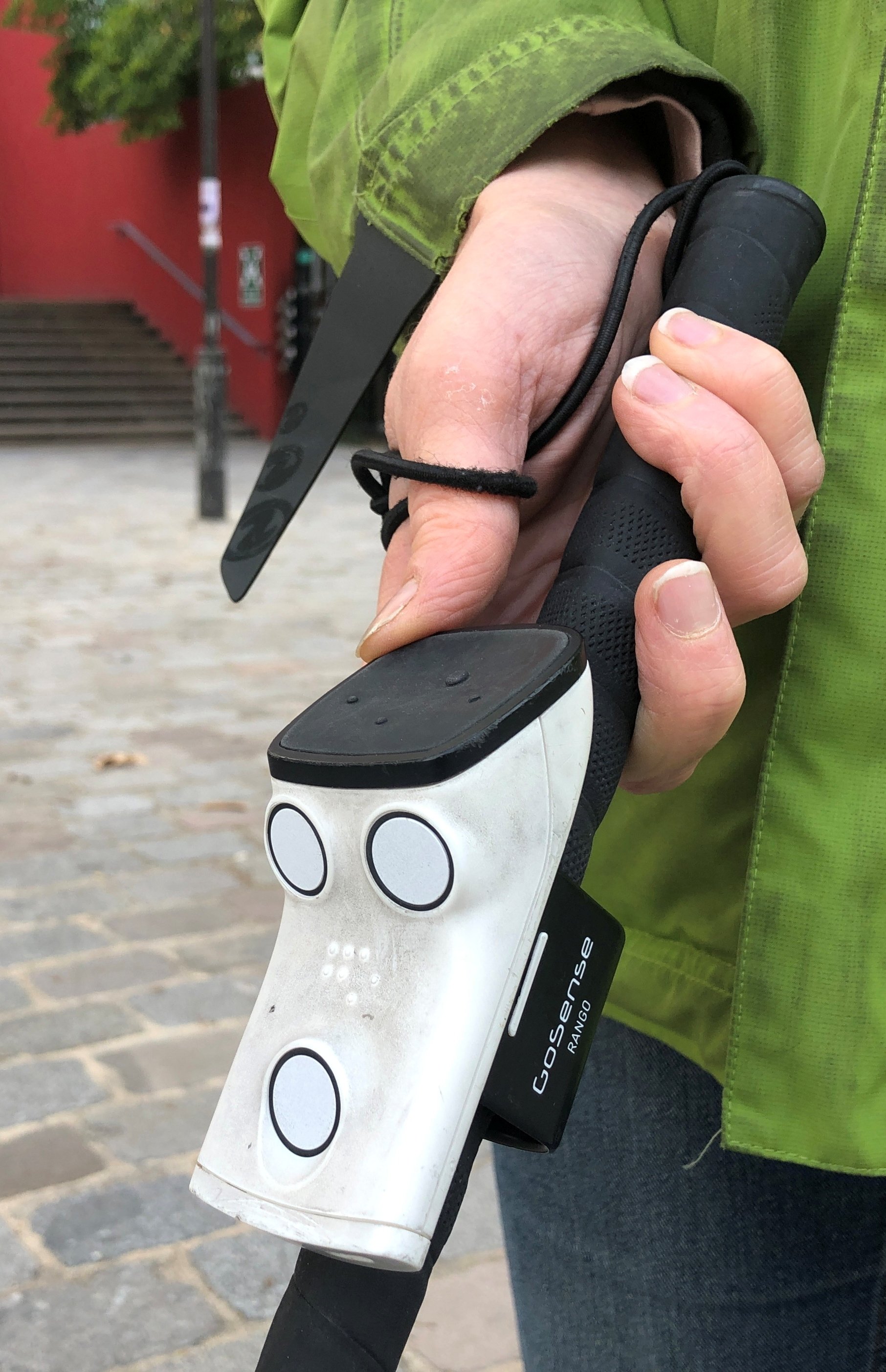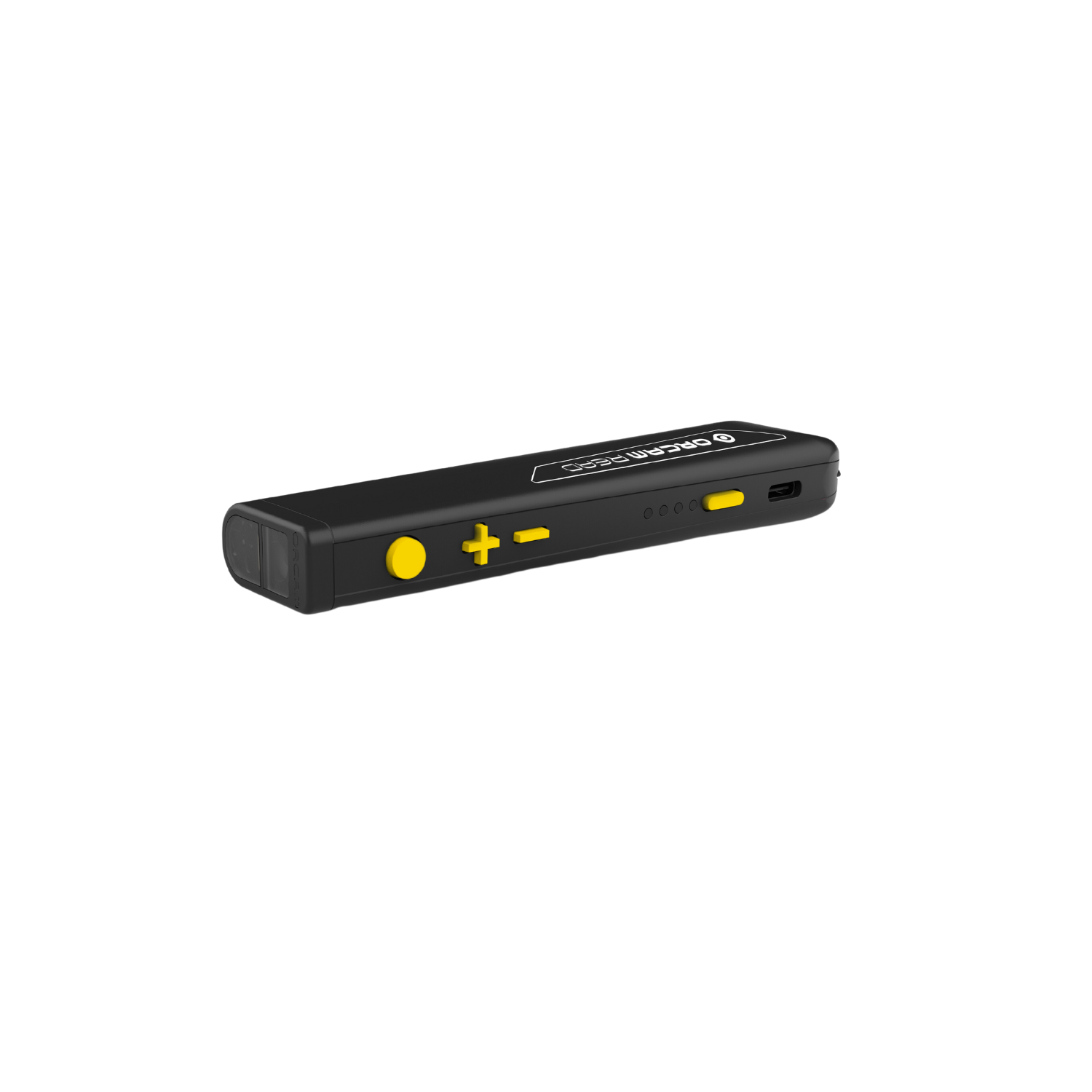Braille Displays and Notetakers: Key Tools for Learning and Work
Braille Displays and Notetakers: Key Tools for Learning and Work
Blog Article
Discover Ingenious Tools Developed for the Aesthetically Damaged
The development of ingenious tools for the visually damaged represents a substantial advancement in availability and freedom. Technologies such as clever glasses with AI abilities and mobile applications created to provide acoustic descriptions are reshaping day-to-day experiences for users.
Smart Glasses for Navigation

Smart glasses created for navigating are reinventing the method aesthetically impaired individuals communicate with their atmosphere. These advanced tools use a combination of video camera innovation, artificial intelligence, and acoustic responses to give real-time information concerning surroundings. By employing barrier discovery systems, clever glasses can notify customers to prospective risks, enabling more secure movement in both acquainted and unknown settings.
The integration of GPS technology additionally enhances navigating capacities, enabling customers to get acoustic directions as they relocate. This hands-free strategy not just cultivates independence but additionally encourages visually damaged individuals to browse urban landscapes with enhanced self-confidence. Additionally, several smart glasses are equipped with functions that determine sites and street indications, providing contextual information that improves the individual experience.
Furthermore, the growth of these tools is continuously progressing, with firms functioning to boost the precision of item acknowledgment and broaden the series of navigational functions. As smart glasses end up being more budget-friendly and obtainable, they hold the possible to considerably change daily life for aesthetically impaired users. Inevitably, these ingenious tools stand for an important step towards inclusivity, offering boosted movement and a greater sense of freedom for people browsing the world around them.

Mobile Apps for Daily Living
Just how can mobile applications improve the every day lives of visually damaged individuals? Mobile apps are reinventing the method aesthetically impaired customers browse their settings, handle everyday jobs, and accessibility information. These applications offer crucial assistance via various capabilities, cultivating freedom and boosting lifestyle.
A number of innovative mobile applications are made specifically for everyday living. Apps like Be My Eyes link visually damaged customers with sighted volunteers through video clip phone calls, enabling them to obtain real-time support with tasks such as checking out tags or browsing unknown rooms. Likewise, Seeing AI, developed by Microsoft, makes use of artificial intelligence to define surroundings, checked out text, and identify objects, properly transforming a mobile phone into an effective tool for day-to-day help.
Furthermore, navigation apps tailored for the visually impaired, such as Aira and BlindSquare, use audio-based directions and ecological details, allowing individuals to traverse their environments securely and with confidence. Past navigating and instant aid, mobile apps also support company and task management, with attributes that aid individuals set reminders, create order of business, and track appointments. In summary, mobile applications act as important resources, encouraging visually damaged individuals to lead more independent and satisfying lives.
Wearable Technologies for Assistance
Empowerment through innovation is progressively noticeable in the realm of wearable devices designed to assist visually damaged individuals. These cutting-edge tools integrate effortlessly right into day-to-day live, improving navigating and giving necessary feedback to individuals. As an example, wise glasses outfitted with cams can read and acknowledge faces message aloud, permitting customers to communicate even more confidently in professional and social setups.
Another noteworthy development is making use of haptic feedback systems in wearable tools. These systems make use of vibrations or various other tactile signals to communicate details regarding the customer's atmosphere, such as challenges or changes in terrain, improving wheelchair and safety. Wearable technologies also include wristbands that attach to smartphones, signaling users to notifications with refined vibrations, hence enhancing connectivity official statement without reliance on aesthetic signs.
As these innovations remain to progress, they are not just improving independence for aesthetically damaged individuals but additionally fostering a greater sense of addition in culture. By bridging the space in between difficulties encountered in day-to-day living and the potential for freedom, wearable innovations work as critical devices in the quest for equal rights and empowerment for those with visual problems.
Audio Description Devices
Audio summary devices play a vital duty in boosting accessibility for aesthetically impaired people, supplying them with the ability to engage with visual media. AI-powered visual aids. These devices supply narrated summaries of key visual aspects in movies, tv shows, and live efficiencies, guaranteeing that customers can fully understand the context and emotions shared with visuals
Audio description can be incorporated right into different platforms, including streaming services, movie theater screenings, and live cinema. Lots of preferred streaming services currently include audio description as an availability feature, permitting viewers to pick it easily. Along with traditional media, specialized applications likewise exist, offering audio summaries for art events, galleries, and other cultural occasions.
The performance of audio description depends upon the skill of the storytellers, who need to share visual information succinctly without detracting from the original sound. Innovations in this field are also paving the method for more tailored experiences, where customers can readjust the degree of detail and pacing according to their preferences.
Braille Innovations and Tools
Braille technologies and gadgets have actually considerably changed the way visually impaired individuals engage with message and info. Modern improvements have actually led to the development of my explanation flexible tools that improve proficiency and independence among users.
Moreover, portable Braille notetakers integrate traditional Braille input with modern functionalities, helping with note-taking, organizing, and paper editing on the move. Voice-activated assistive devices. These portable devices commonly feature text-to-speech capacities, linking the void in between Braille and auditory details
In addition, ingenious Braille printers have emerged, permitting users to produce Braille labels, documents, and educational materials efficiently. This ease of access promotes higher involvement in expert and academic environments, ultimately promoting inclusivity.
Moreover, research study into smart Braille modern technologies proceeds to broaden. Devices that include expert system are being explored to provide real-time navigating aid and contextual info, enhancing the individual experience in varied settings. Generally, these advancements reflect a dedication to empowering aesthetically damaged individuals with technology, guaranteeing they can conveniently accessibility and engage with moved here the world around them.

Conclusion
The innovation of innovative devices for the visually damaged considerably boosts independence and lifestyle. Smart glasses, mobile applications, wearable modern technologies, audio summary tools, and Braille developments jointly encourage people by giving vital navigating assistance, environmental recognition, and enhanced analysis experiences. These innovations not just foster greater addition but additionally promote autonomy in everyday tasks, inevitably adding to an extra equitable and accessible culture for aesthetically damaged people. Proceeded development in this area holds promise for additional enhancements.
As clever glasses become more cost effective and easily accessible, they hold the potential to dramatically change day-to-day life for visually impaired customers. Mobile applications are changing the way aesthetically damaged customers navigate their atmospheres, take care of everyday jobs, and access info. Apps like Be My Eyes link visually damaged users with sighted volunteers by means of video calls, permitting them to get real-time help with tasks such as checking out labels or navigating unknown spaces.Furthermore, navigation applications tailored for the visually impaired, such as Aira and BlindSquare, use audio-based instructions and environmental details, making it possible for users to traverse their environments securely and confidently.The innovation of innovative tools for the visually impaired substantially enhances independence and top quality of life.
Report this page